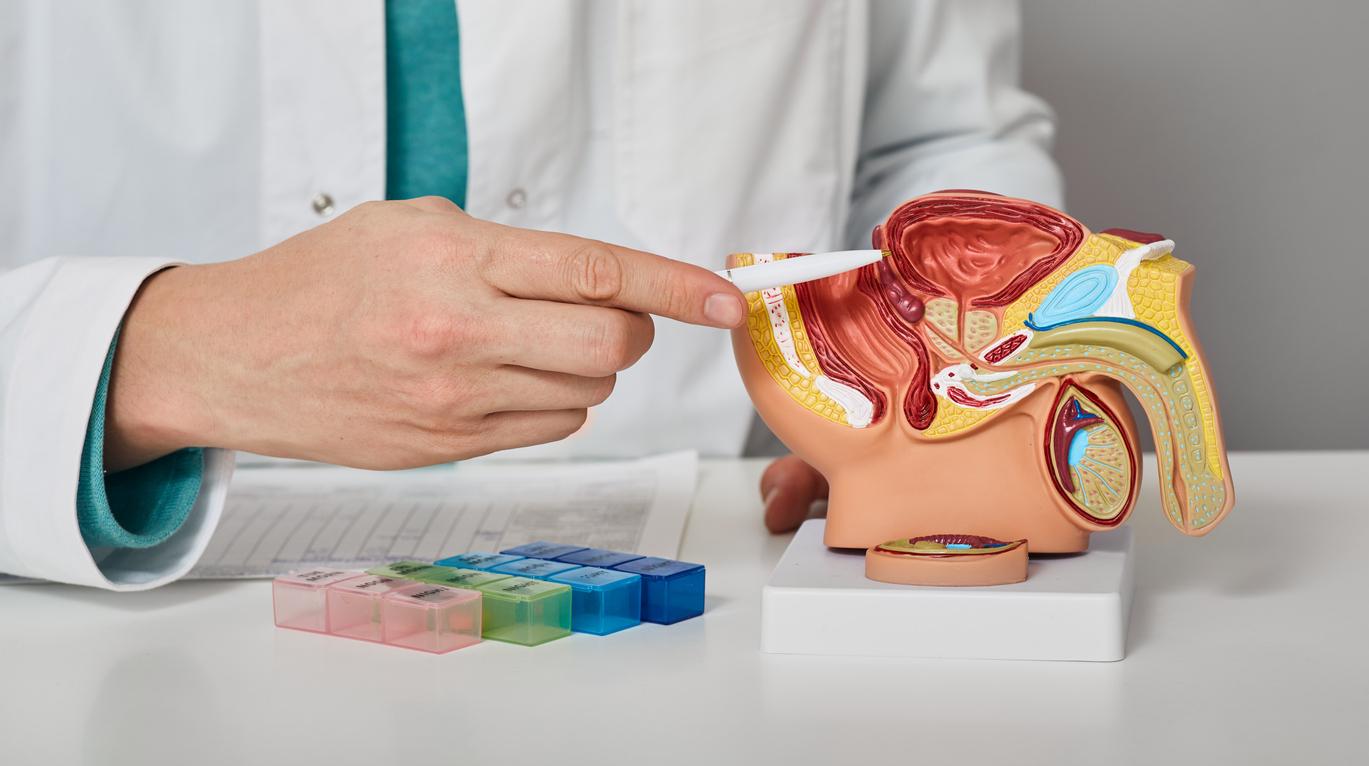In children, cases of chronic asthma, eczema and rhinitis (inflammation of the mucous membranes of the nose) are increasing. Several associations explain this Thursday, March 28 by a air pollution more and more accentuated in schools and nurseries, especially in Paris and Marseille.
On the one hand, a quarter of Parisian schools exceed the legal thresholds for nitrogen dioxide (NO2) concentration, according to a mapping by the Respire association. On the other hand, the location of Marseille schools in highly exposed areas is deplored. by Greenpeace in a report .
In the capital
Nitrogen dioxide is a harmful gas emitted in large quantities by diesel engines. “The main factor seems to be the distance from the main roads”, emphasizes Respire. In Île-de-France, 100 million Airparif data were used to classify areas into four categories of contamination: “correct”, “fair”, “worrying” and “critical”. And this is how 682 nurseries, schools, colleges or high schools out of the 12,520 in the region that were exposed in 2017 to levels exceeding French standards. The study counts 548 in Paris itself, 125 in the inner suburbs and 9 in the inner suburbs.
Worse still, if the study had been based on the recommendations of the World Health Organization (WHO), 85% of establishments would be in too harmful air. However, the situation seems to have improved in the capital between 2012 and 2017, with half the number of schools exceeding the French thresholds. “This confirms that the measures taken by the municipality have translated into concrete results. But there’s still a lot to do “, comments on the city of Paris in a press release. In the inner suburbs, this figure rose from 8.9 to 3.6% in five years.
And in the Phocaean city
“Air pollution endangers thousands of children in Marseille! “, denounces Greenpeace at the other end of France. In France’s second largest city in terms of population, 25% of schools and nurseries are located in heavily polluted areas. The outside air registers nitrogen dioxide concentrations at levels higher than those set by European directives.
To obtain these figures, the NGO superimposed a 2017 data card from the air monitoring organization AtmoSud and a map of establishments welcoming young children (nursery and elementary schools, crèches and day care centers). In total, 187 of them were located in the immediate vicinity (less than 50 m) of an area with an annual particle level greater than 40 µg / m3, ie the European standard. 260 were subjected to slightly lower levels, between 30 and 40 µg / m3. “Poor air quality”, according to Greenpeace.
So that these children “Can breathe without danger, it is all road traffic that must be reduced”, alert the NGO. In France, air pollution would be responsible for 48,000 deaths per year, or 9% of national mortality.
Read also :
- COPD: hospitalizations on the rise during pollution peaks
- Pollution also affects morale


















